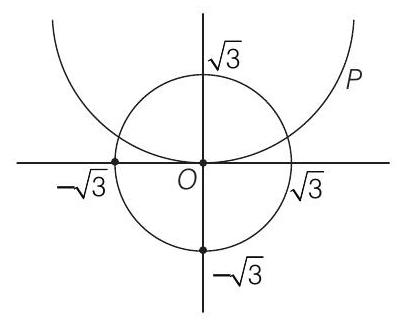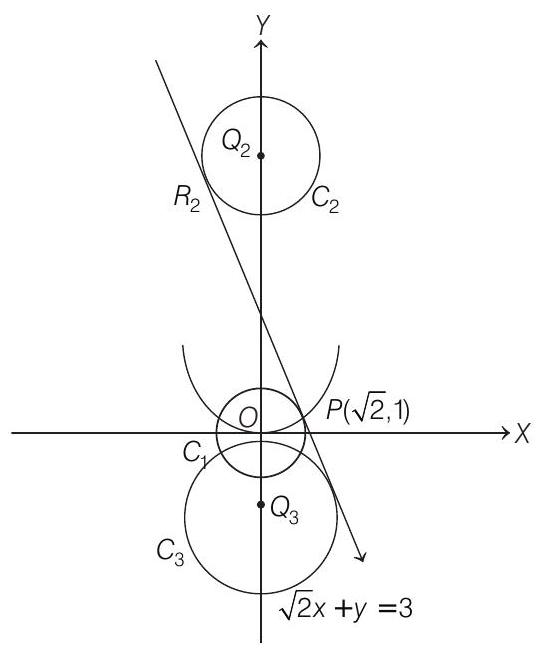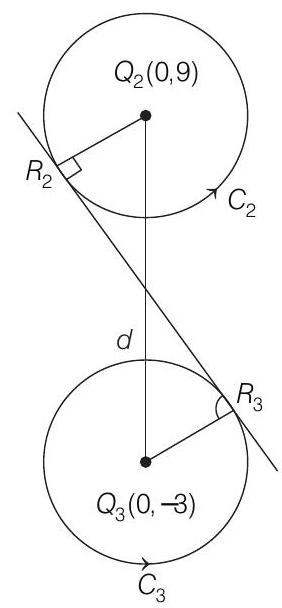Circle 3 Question 11
11. The circle
(a)
(2016 Adv.)
(b)
(c) area of the
(d) area of the
Assertion and Reason
Show Answer
Answer:
Correct Answer: 11.
Solution:
- Given,

On solving
Equation of tangent at
Now, let the centres of

Let
Also,

Also, area of






